-93%
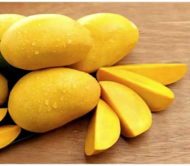
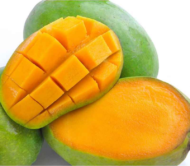
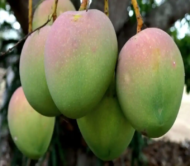
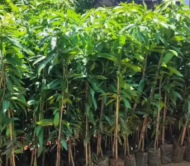
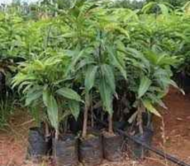
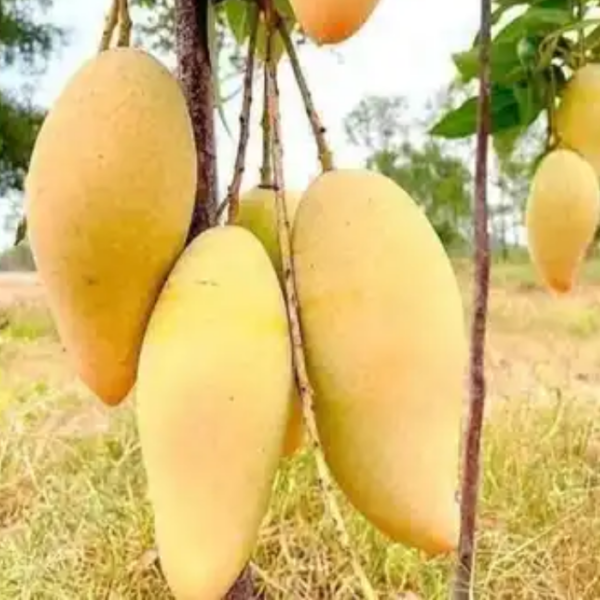
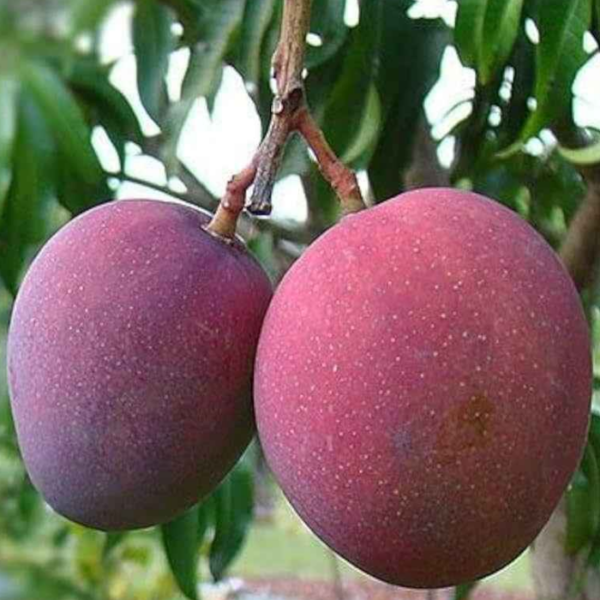





₹480.00 – ₹3,500.00
Details:
Kohitur Mango is a rare and royal mango variety from Murshidabad, West Bengal, known for its exceptional sweetness, buttery, fiberless flesh, and intense aroma. Once grown exclusively for Mughal royalty, it is now cultivated in very limited numbers, making it one of the most exclusive and expensive mangoes in the world. With a high Brix level (23–26°) and a short shelf life, Kohitur is often considered a heritage delicacy, prized more for its cultural and historical value than commercial use.
Origin: Murshidabad, West Bengal, India
Type: Ultra-rare heritage mango
Fruit Shape: Oval to slightly oblong
Skin: Thin, delicate, pale yellow to golden
Flesh: Rich yellow, buttery, smooth
Fiber Content: Absolutely fiberless – melt-in-mouth texture
Aroma: Strongly aromatic, with floral and musky notes
Taste Profile: Incredibly sweet with a royal, perfumed flavor – often described as “mango nectar”
Brix (Sweetness): Around 23–26° Brix – extremely high
Seed: Small and thin, often monoembryonic
Weight: 200–300 grams per fruit
Shelf Life: Very short – highly perishable, usually consumed within 2–3 days of ripening
Harvest Season: June to early July (short window)
| Weight | N/A |
|---|---|
| Dimensions | N/A |
| Size |
Large, Medium, Small |
The Kohitur Mango is one of the rarest, most aristocratic mango varieties in the world, originally cultivated during the Mughal era in India. Known as the “King of Mangoes for the Royals,” it is native to Murshidabad district in West Bengal, and is often considered a symbol of heritage, luxury, and exclusivity. Revered for its delicate aroma, exceptional sweetness, and buttery texture, the Kohitur mango is grown in extremely limited quantities and is often auctioned or gifted rather than sold widely.
Kohitur was developed in the royal orchards of Nawab Siraj-ud-Daulah during the 18th century. It is said to be hand-grafted and closely guarded by mango caretakers known as “mali sarkars”, with trees often passed down through generations like family heirlooms. The mango is traditionally reserved for VIPs, dignitaries, and cultural connoisseurs.
Only a few dozen Kohitur trees exist today, grown under tightly controlled conditions.
The variety does not travel well due to its soft skin and pulp, making commercial sale difficult.
It requires special soil, old tree rootstock, and traditional grafting methods, making it hard to reproduce.
The fruit is often reserved for ceremonial or diplomatic purposes, not for the general market.
Climate: Hot, humid tropical climate of Bengal
Soil: Rich alluvial soil with good drainage and moisture retention
Watering: Needs balanced irrigation – overwatering or drought affects fruit quality
Propagation: Generally through traditional grafting; seed propagation is avoided
Tree Maintenance: Trees are carefully pruned and protected from diseases; often hand-pollinated
Pests/Disease: Vulnerable to anthracnose and powdery mildew; strict organic care is practiced
Due to its limited supply and regal heritage, Kohitur mangoes can fetch prices upwards of ₹2,000 to ₹3,000 per piece, and sometimes even more at auctions or for exclusive gifting. The fruit is seen more as a cultural artifact than a market commodity.
Would you like to compare Kohitur vs Himsagar or get information about other rare Indian heritage mangoes like Noorjahan, Imam Pasand, or Malda Fazli?
No account yet?
Create an Account
Reviews
Clear filtersThere are no reviews yet.